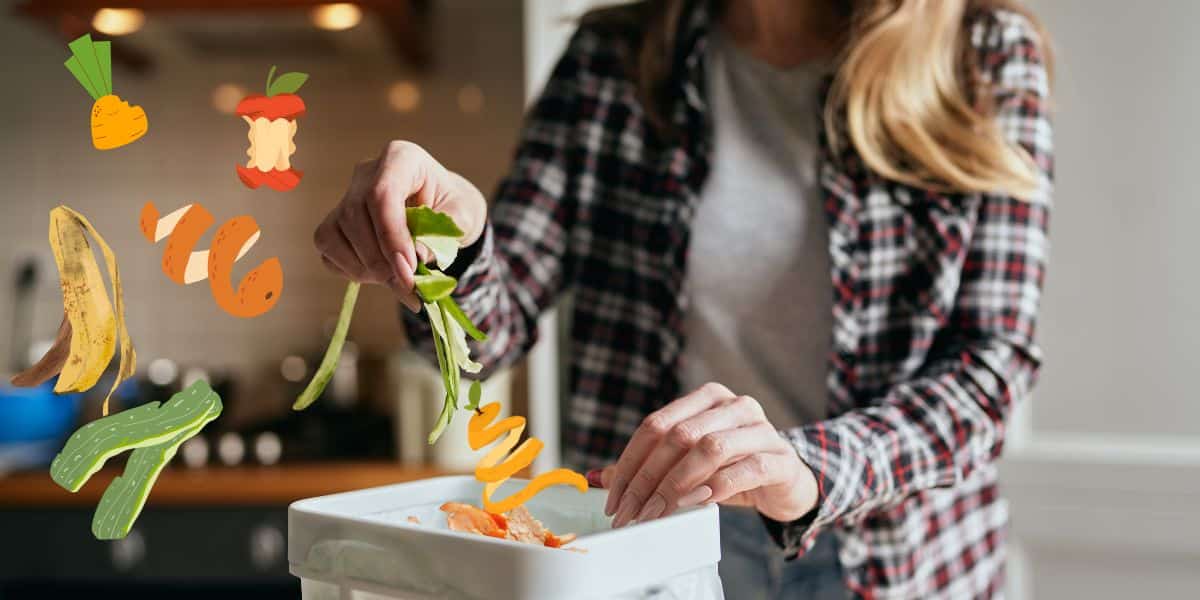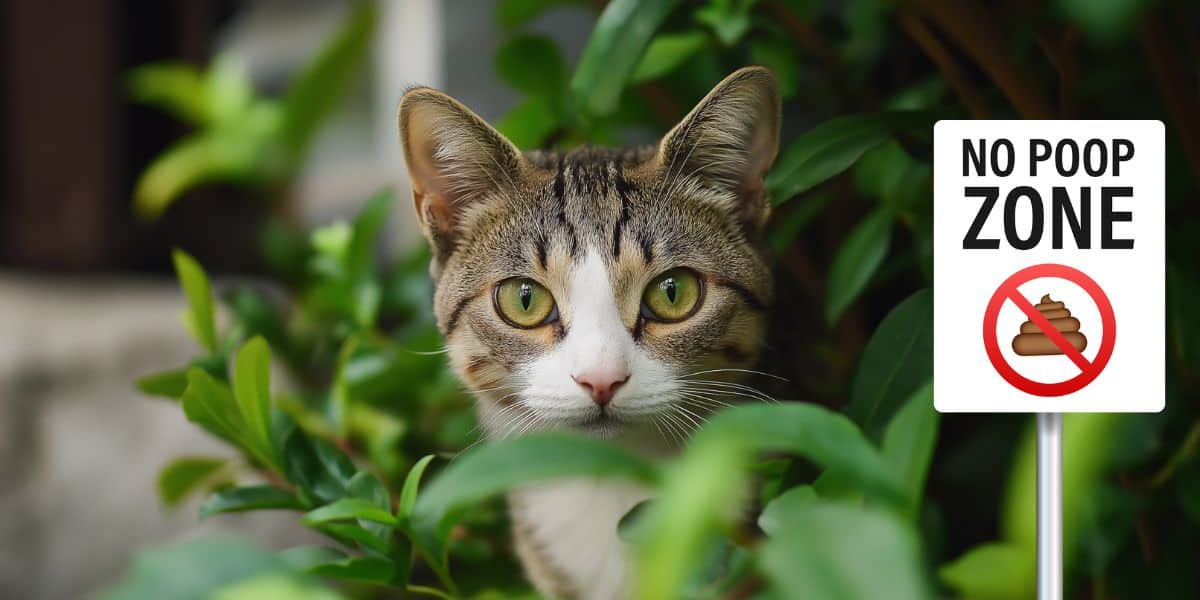Stop wasting your peels! Here’s how to turn them into ultra-efficient compost in no time! 🍌🍏 Learn how to transform kitchen scraps into valuable nutrients for your garden. Discover easy methods to create compost from banana peels, apple cores, and more! 🌱♻️
Do you often toss your fruit and vegetable peels into the trash? It’s time to change that habit! By using these natural leftovers, you can create nutrient-rich compost that not only benefits your garden but also helps reduce landfill waste. This guide will walk you through the process of turning your peels into effective compost that enriches your soil and promotes healthy plant growth.
Understanding the Benefits of Composting Your Peels
Composting is a fantastic way to recycle organic waste. Fruit and vegetable peels are rich in essential nutrients – specifically, potassium, phosphorus, and nitrogen. When you compost them, these nutrients break down and enrich the soil. This natural process supports a thriving ecosystem of beneficial microorganisms, which plays a crucial role in plant health.
By incorporating peels into your compost, you increase the overall nitrogen content, which speeds up the decomposition process and enhances the microbial activity in your compost pile. Moreover, using kitchen scraps reduces waste and encourages a more sustainable lifestyle, making it a win-win situation.
Steps to Create Ultra-Efficient Compost Using Peels
The process of composting banana peels, apple cores, and other vegetable scraps is simpler than you think. Here’s how to do it:
Collect Your Peels
Start by saving your fruit peels and vegetable scraps. Set aside a container in your kitchen for easy access. Be sure to collect a variety of peels like those from bananas, oranges, and even potatoes.
Chop and Prepare
To speed up decomposition, chop your peels into smaller pieces. The smaller the pieces, the faster they break down. This method increases the surface area for microbes to work their magic, turning your kitchen scraps into fertile compost.
Layering with Other Materials
When creating your compost pile, it’s essential to balance green materials (like your peels) with brown materials (such as dried leaves, straw, or paper). This balance ensures proper airflow and decomposition rates.
Turning the Pile
To enhance decomposition, regularly turn your compost pile to aerate it. Aerobic bacteria thrive on oxygen, and turning the pile helps break down the materials more efficiently. As an added bonus, it keeps unpleasant odors at bay.
Using Banana Peel Compost Tea
Another effective use of banana peels is making compost tea. Simply soak chopped banana peels in a container of water for several days to create a nutrient-rich liquid. Strain this mixture and use it to water your plants, giving them a quick nutrient boost!
Frequently Asked Questions
Can I compost other fruit and vegetable peels? Yes! Most fruit and vegetable peels can be composted, including those from apples, potatoes, and carrots.
How long does it take to compost peels? The time it takes to compost peels varies depending on factors like temperature and moisture. Generally, it can take anywhere from a few weeks to a few months.
Should I compost peels from citrus fruits? Yes, citrus peels are compostable, but it’s recommended to use them in moderation to avoid acidity issues.
What else can I mix with my peels for compost? Combine peels with a mix of greens (like grass clippings) and browns (such as dried leaves) for the best results.
Creating ultra-efficient compost from your peels is a practical and rewarding way to enhance your gardening experience. The benefits to your plants, combined with the reduction of waste, make this natural process invaluable. Remember to check back for more ideas on home and garden improvement tips and share the news of this eco-friendly practice with others!





